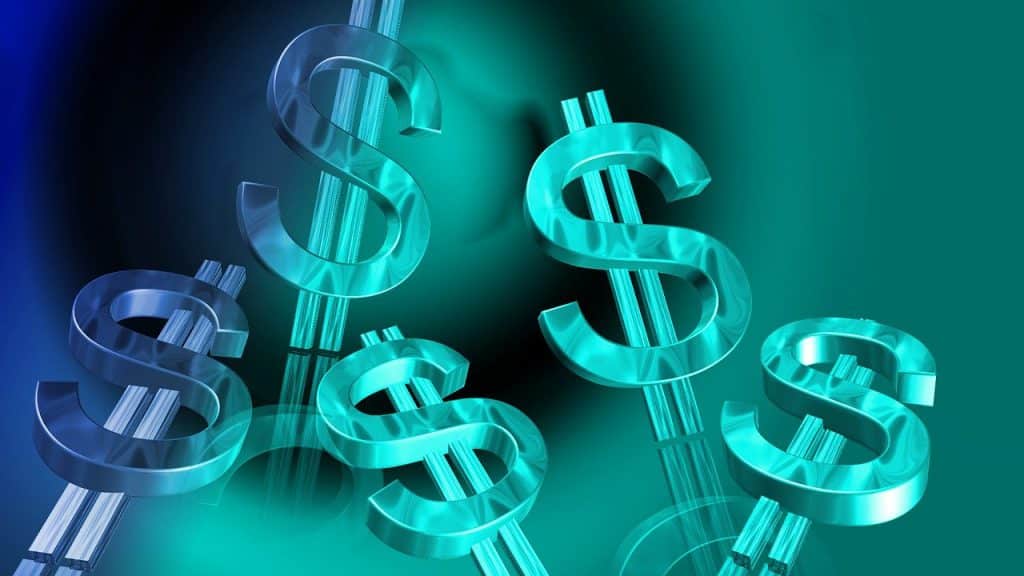Five Tips for Conference Sponsorship Pricing

In my experience, most large conferences this year are realizing about 80 percent of their 2019 revenue performance. For some of the major annual meetings we’re tracking, sponsorship revenue has been a bright spot when compared to exhibit revenue performance.
The textbook outcome of a successful sponsorship is improved attitudes and behavior for that brand. But that’s about affecting emotions — difficult, if not impossible — to measure. In other words, a sponsor’s ROI is subjective in nature, making pricing an inexact science.
Five Guiding Principles
Pricing methodologies for sponsorship vary greatly. If you’re being charged with updating and optimizing the pricing and effectiveness around your conference’s sponsorships, use these five tips to guide you:
- Leverage competitive intelligence. Thoroughly research your sponsorship inventory and pricing and compare it against how much your top two or three competitors charge for similar items, like a mobile app or speaking slot. You may find low-hanging fruit recommendations by going through this exercise.
- Cost-plus is the most common method for pricing sponsorship. Calculate your cost of sales and delivery for each of your offerings. Multiply that result by two (or three if you have a high-performing program). This works best for inventory that is in the branding/promotion or attendee-experience category, like banners, charging stations, Wi-Fi, a mobile app, and giveaways.
- Expense recovery is one of the most overlooked pricing hacks for a top-performing sponsorship program. Sponsor investment in coffee breaks, receptions, and other F&B experiences has been declining for years. Often, it is difficult to sell these opportunities using the cost-plus method outlined above. With the expense-recovery model, partial funding can have a direct correlation to your bottom line — getting $5,000 for sponsoring a $10,000 coffee break is much better than having no sponsor for that property at all.
- The holy grail of pricing is to make it value-based, or what the market will bear. Thought-leadership inventory items — like sponsored sessions, tech demos, general sessions, and VIP experiences — are usually prime candidates for value-based pricing. Some of the indicators for using this model: A) They’re in high demand. Opportunities sell out. B) Top investors get or request first right of refusal for next year. C) Investors help activate the sponsorship through their pre- and post-conference marketing.
- Even the best sponsorship sales professionals are rarely able to open and close a new, top-tier sponsorship deal. Their contact usually is with the budget spender, not budget maker. Budget makers often have an ego to stroke and will want a seat at the table with someone who can make commitments on behalf of your organization. Their executive-level presence will go far in demonstrating how much your organization values their support. By neglecting to bring someone on your leadership team into the conversation, your sponsorship growth likely will be incremental at best.
For a sponsorship program to be successful, you can never sell your attendees out. If it’s not something that they appreciate, you need improved inventory. Giving sponsors more stage time, for example, could backfire. It may bring in greater revenue but result in a poorer attendee experience — adversely changing their behaviors and attitudes toward a brand.
Which of these strategies are you currently using for sponsorship pricing? How involved is your leadership with the budget maker?
Adapted from Dave’s Forward Thinking column in PCMA’s Convene. Reprinted with permission of Convene, the magazine of the Professional Convention Management Association. ©2022.

